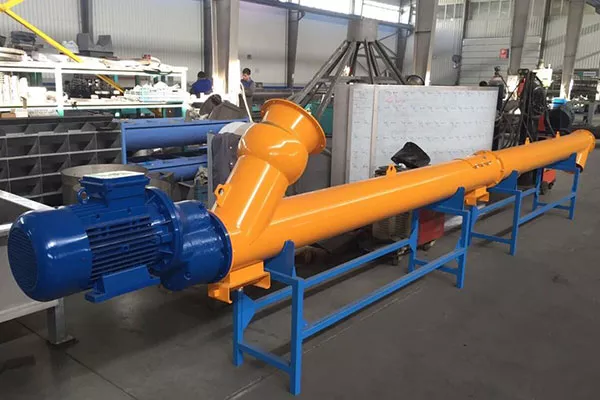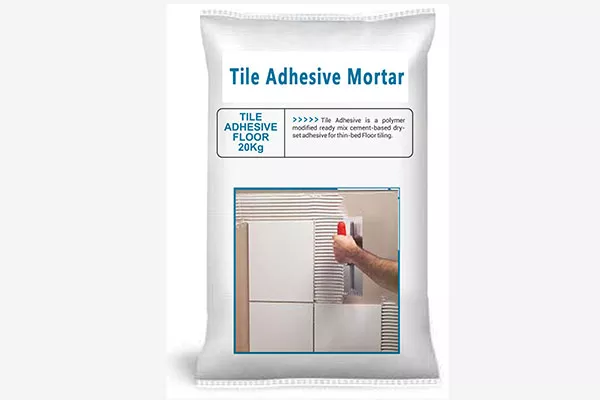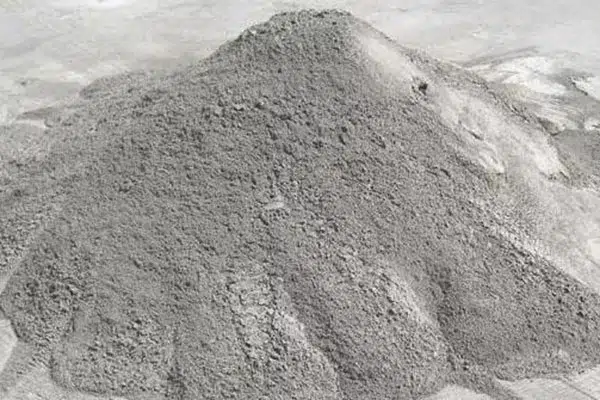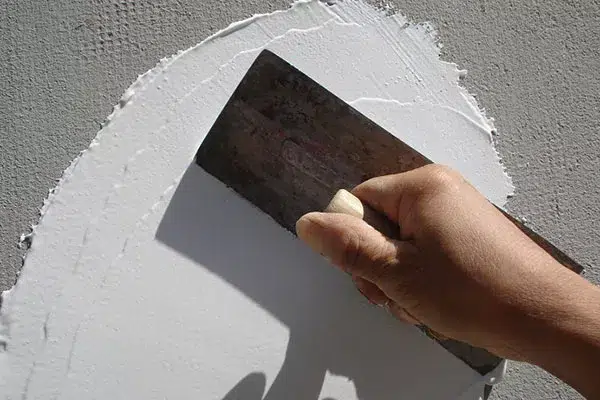Application of sensors in the dry mortar production line
The market dry mortar production line is developed from mechanical operation to intelligent control through PLC. In the dry mortar production process, according to the different needs of customers, a variety of materials, according to different ratios and mixing, no matter what kind of process, accurate material metering, and small additive material addition weighing is the key to ensuring product quality. There is also dry mortar equipment in the conveying system, mixing and mixing system, and packaging system; sensors also play an essential role.
Weighing sensor for dry mortar production line
The weighing sensor is mainly used for material weighing; a dry mortar production line will be equipped with multiple counterweight sensors, mostly installed directly in the hopper. It can be used for accurate measurement of the material flow in the hopper and other parts. The principle of this product is to measure the weight by measuring the displacement caused by material flow.
The weighing sensor can be divided into two types: single-point weighing sensor and multi-point weighing sensor. The main difference is that a single-point weighing sensor only has one sensing point, while a multi-point weighing sensor has multiple sensing points.
The main parts of a weighing sensor are as follows:
1. Sensor head: The sensor head is usually installed on a large machine or directly on the hopper to receive the weight through a cable or wireless signal transmission system (for example, radio).
2. Counterweight: A counterweight can adjust the balance between two sides of the scale for accurate measurement results by adjusting weights according to requirements.
3. Interface box: This interface box converts analog signals received from sensors into digital signals so that computers can process them.
4. Software: Software can be used to process the data obtained.
Material level sensor for cement silo
A material level sensor is a device used to measure and monitor the level of materials in a cement silo. It is designed to provide feedback on the amount or height of the material present in the cement silo or other container. This information is crucial for dry mortar plant manufacturing.
Material level sensors employ different technologies and mechanisms to detect the material level. Some common types of material-level sensors include ultrasonic sensors, capacitive sensors, guided wave radar sensors, optical sensors, and pressure sensors.
By continuously monitoring the material level, these sensors can provide real-time data and signals to control systems or operators, indicating when to replenish the material. The material level sensor helps to prevent overfilling or emptying of the cement silo, optimize storage space, avoid wastage, and ensure smooth operations.
Advantages of Material Sensors
Advantages of material level sensors include:
1. Accurate measurements: Material level sensors are designed to provide precise and accurate measurements of material levels, which helps monitor and control the amount of material in the containers.
2. Real-time monitoring: These sensors allow for real-time monitoring of material levels, which helps maintain optimal inventory levels and avoid overflows or shortages.
3. Cost savings: By providing accurate measurements and real-time monitoring, material level sensors help prevent material waste, optimize storage space, and reduce operational costs.
4. Automation and efficiency: Material level sensors can be integrated into automated systems, allowing for seamless control and management of material levels.
5. Safety and reliability: Material level sensors help ensure storage operations’ safety by preventing overfilling or spillovers. They also provide a reliable means of monitoring material levels, helping replenish timely and avoiding production delays.
Sensors make dry mortar production intelligent.
The sensor makes the dry mortar production line more intelligent; with a PLC control system, it can monitor the whole production line automatically; if the production of dry mortar automatic batching and the weighing system has an abnormal situation, the computer system immediately takes the initiative to send an alarm to the relevant personnel. The dry mortar production line has a reminder function to monitor the production at any time through the real-time online monitor.
The dry mortar sensor PLC has strong data processing ability fast and stable sampling rate, and the weighing module batching process can fully meet the process requirements for batching.
The weighing sensor can be set according to the user. Good reliability of the dosing system; the load cell has two control schemes. When one of them is faulty, the other cuts in immediately, not affecting the dry mortar production. The dry mortar weighing system sensor can eliminate production failure when the product is out of control.
The dry mortar automatic weighing and dosing system can display the production process in real-time with graphic display and text display, and generate production reports, formula reports, etc., according to the needs, with a prompt alarm function.



